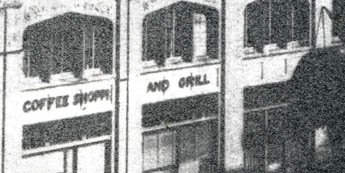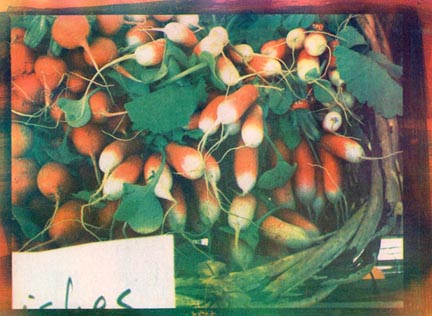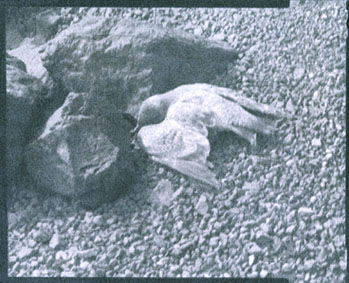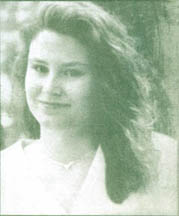
It is often, though less often now than in former times, said that gum can't show fine detail, and to some extent that is true. Because the paper must be soaked during development and often soaked more than once, minute details on even the smoothest paper will be blurred somewhat by the paper fibers being raised and swollen during the soaking. So gum will probably never print detail as well as some other photographic methods will. However, gum can show much more detail than many people believe.
In my experience, the paper that the print is printed on and the negative (both the original negative and the contact negative, if they are different) are the crucial factors that determine whether gum will show more or less detail, although pigment concentration is also a factor (a heavy pigment load also tends to obscure details).
To make a gum print that resolves every bit of detail that gum can manage, use a large format negative taken in camera at sharp focus, printed onto gum on a smooth paper, with a gum coating that is not overpigmented. I think it would be very difficult to start with an 8x10 or larger negative and not get excellent detail in a gum print made on smooth paper, either contact-printed from the original negative or from a well-made enlarged negative. The example below is an enlarged detail from a gum print made by contact-printing an 8x10 in-camera negative directly onto gum. The sign is so small (about 1.5mm) on the 8x10 print that it can just barely be read without magnification, but enlarged you can see that it is perfectly legible.

But for a different kind of approach, here's a quick test print from a 4 mega-pixel digital camera snapshot, which surprised the heck out of me. I wouldn't have imagined that it was possible to resolve such fine detail as the threads on these radishes with a negative made from such a low resolution digital file, but there you are.

Test print, tricolor gum, 8X6 inches, original image taken with 4 mega-pixel digital camera
A side myth to the myth about detail is the one that says that gum can't be printed small. Some experts say that gum prints smaller than 8x10 should not be attempted because there won't be enough detail to make a readable image. The print below is unfortunately blurred by the way the scanner picked up and exaggerated the paper fibers in the small print., but in spite of the poor reproduction it should be apparent that even in a 4x5 print, gum can resolve detail surprisingly well.

Test print, contact-printed on gum from 4x5 negative.
At the other end of the scale, to achieve an impressionistic effect where small details are obscured to the greatest possible extent, use a small format negative, or a negative taken out of focus, or a pinhole negative, digitally enlarged to a paper negative and printed on gum on a less smooth paper, using a heavily pigmented mix and possibly even employing pigment stain to further obscure smaller details in the image. See marsh at sunset . For a less extreme example, the print below was made from a small portion of a scanned drugstore color print, enlarged to 6x6 inches, and printed from a laser printer paper negative .

Practice Print
Each of these approaches is a valid approach to gum printing, depending on the aesthetic goals of the artist, and between the two extremes lie many gradations and permutations. I personally prefer a soft impressionistic print over one with lots of sharp extraneous details for most of my subjects, so my tendency is to promote softness by using soft focus, selective focus, and paper negatives, by selectively underexposing the background during print exposure so that the pigments will run a bit in development while printing the focal point slightly harder, and so forth. There are a dozen ways to achieve any particular effect you want; the point is that gum can produce absolutely any aesthetic effect an artist might have in mind.
Copyright Katharine Thayer, all rights reserved.